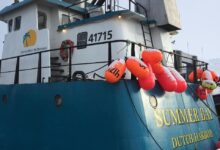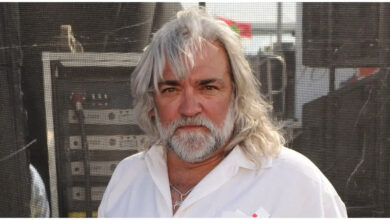Deadliest Catch: Norman Hansen’s Life-Threatening Injury & Seizure Explained
Deadliest Catch: Norman Hansen’s Life-Threatening Injury & Seizure Explained
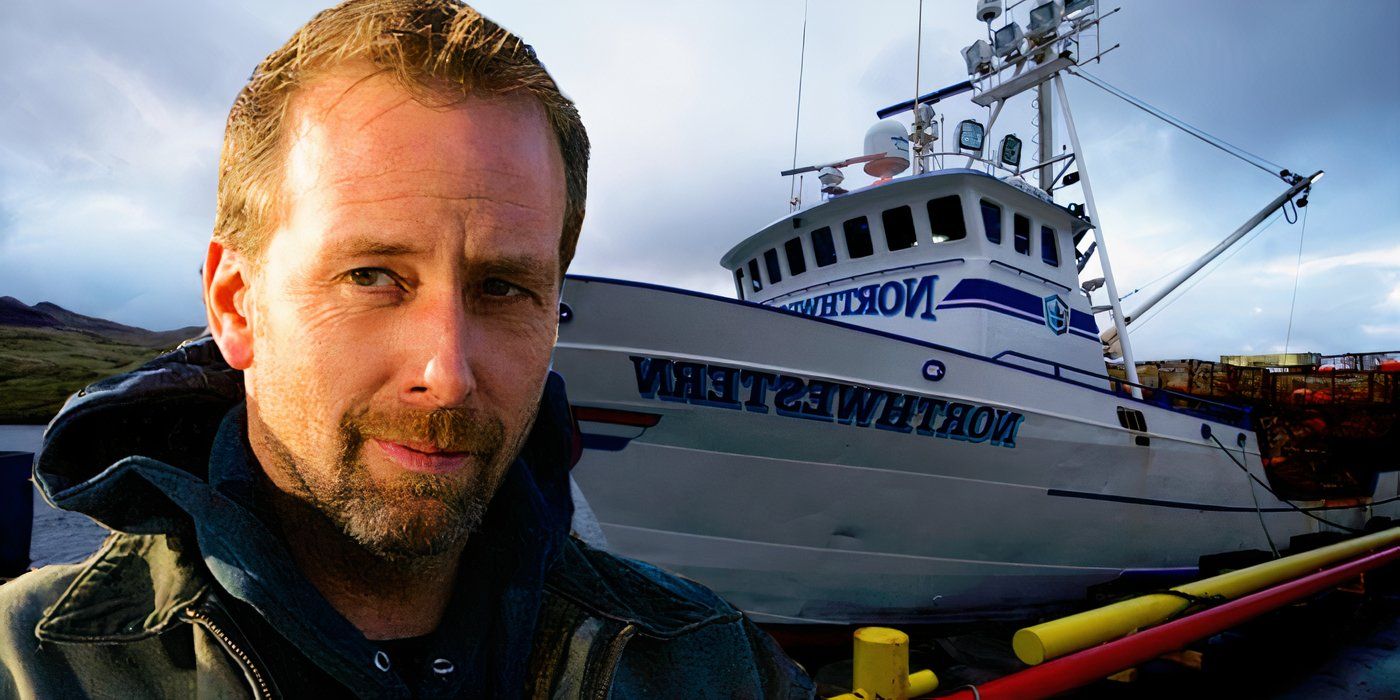
Norman Hansen, a deckhand on the F/V Northwestern and the brother of Captain Sig Hansen, faced a life-threatening injury and seizure that were both dramatic and alarming for the “Deadliest Catch” crew. Here’s a detailed explanation of what happened:
The Injury:
Norman Hansen suffered a severe head injury while working on the deck of the Northwestern. The exact nature of the incident wasn’t fully detailed, but it involved a significant blow to the head, which is always a grave concern, especially in the harsh and dangerous environment of crab fishing. Head injuries can lead to various complications, including internal bleeding, concussions, and long-term neurological damage.
The Seizure:
After the initial injury, Norman experienced a seizure. Seizures can result from head trauma, as the brain’s electrical activity can become disrupted. The seizure was a direct consequence of the head injury and indicated that Norman’s condition was severe and required immediate medical attention.
Immediate Response:
The crew of the Northwestern acted swiftly. Recognizing the seriousness of the situation, they provided immediate first aid and communicated with the Coast Guard for an emergency evacuation. Given the remote locations where crab fishing takes place, getting professional medical help quickly is critical.
Medical Evacuation:
Norman was airlifted from the Northwestern to a medical facility where he could receive the necessary treatment. This kind of evacuation is often challenging due to the harsh weather conditions and the logistics of coordinating a helicopter rescue in the middle of the Bering Sea.
Following the evacuation, Norman underwent medical evaluations and treatments for his head injury and seizure. The recovery process from such injuries can be lengthy and requires careful monitoring to prevent further complications.
Impact on the Crew:
Norman’s injury had a significant emotional and operational impact on the crew. The crew had to deal with the stress and worry about Norman’s health while continuing their demanding work. It also highlighted the constant risks and dangers faced by crab fishermen.
Norman Hansen’s injury and seizure were a stark reminder of the perils of crab fishing and the importance of safety and quick response in the event of an emergency
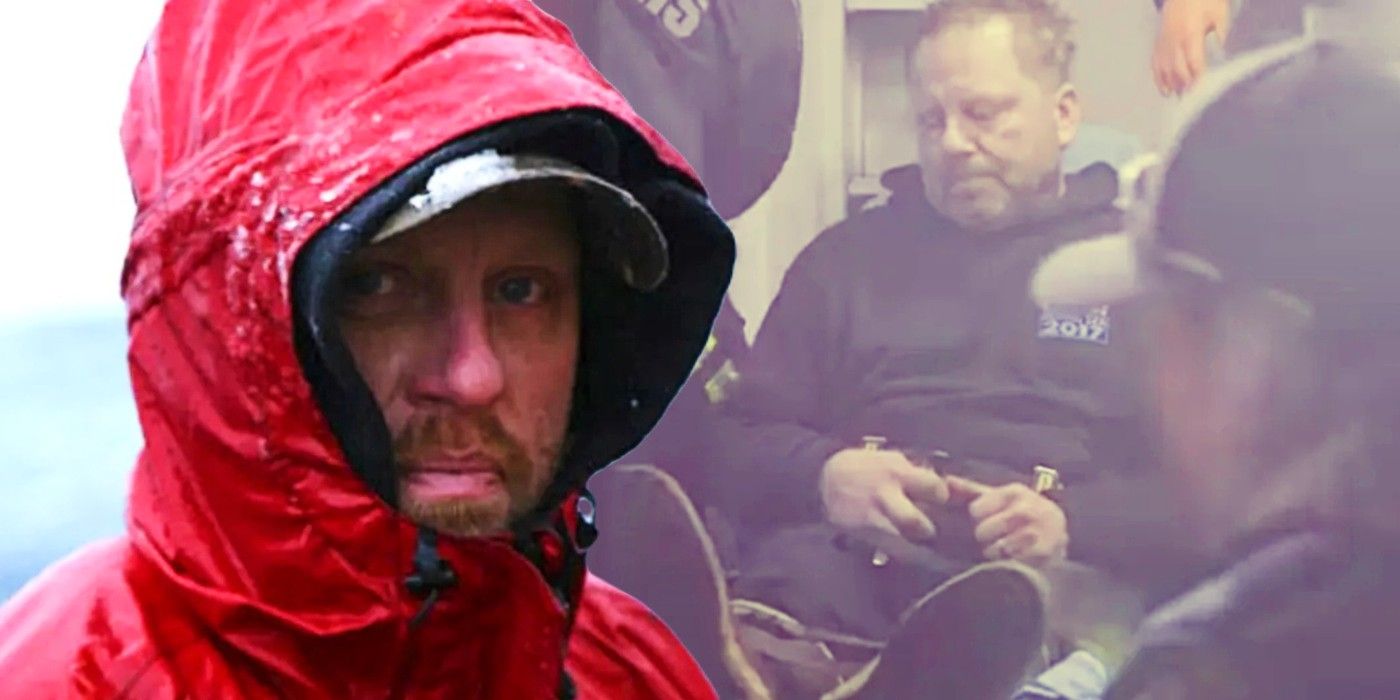
Deadliest Catch has captivated audiences since its debut in 2005, showcasing the perilous lives of crab fishermen braving the treacherous Bering Sea, and there’s no better example of that than Norman Hansen’s season 15 injury. Among the many brave souls featured on the show, many perished at young ages, as Deadliest Catch’s Mahlon Reyes died at 38 years old, and Nick McGlashan died at the age of 33. Norman Hansen has stood out, not just for his fishing skills but for his close connection to one of the series’ mainstays, Captain Sig Hansen.
Norman Hansen first appeared on the show in season 4 as a deckhand on the Northwestern, a vessel commanded by his brother Sig Hansen. Over the years, Norman Hansen has become a familiar face to fans, known for his dedication and resilience amidst the harsh conditions of crab fishing. The series is renowned for highlighting the extreme risks these fishermen face, and Norman’s tenure on the show has been no exception. While Deadliest Catch is one of Discovery Channel’s fakest shows, the harrowing life-threatening injury Norman Hansen sustained in 2020 was very much real.
Norman Hansen Hit His Head On Deadliest Catch, Which Led To A Seizure
The perilous nature of Deadliest Catch was starkly highlighted in season 15, episode 7, “Winter is Here.” During the episode, fans witnessed a terrifying moment when Norman Hansen, while docked, slipped and struck his head, leading to a severe injury. Unlike many of the show’s dramatic moments at sea, this incident occurred while the Northwestern was safely in port, underscoring the constant danger these fishermen face.
The episode captured the immediate aftermath of the fall. As Norman lay unconscious on the deck, his brother Sig Hansen rushed to his side, displaying a mix of fear and urgency. The gravity of the situation became evident when Norman began seizing, his skin turning blue (via Distractify). This alarming development was a stark reminder of the risks involved in their line of work, even when the boat is docked.
The crew’s reaction to Norman Hanesn’s condition was a mix of shock and swift action. Another deckhand, who had witnessed the incident, provided critical information about the seizure, enabling the team to respond effectively. The show’s depiction of this incident added a layer of raw reality, deeply affecting both the crew and viewers. Norman’s injury temporarily halted the Northwestern’s operations, emphasizing the significant impact such events have on the crew’s morale and productivity. Sig Hansen, despite his deep concern, had to balance his brother’s medical emergency with the pressures of their fishing quota.
Norman Hansen Continues To Appear On Deadliest Catch
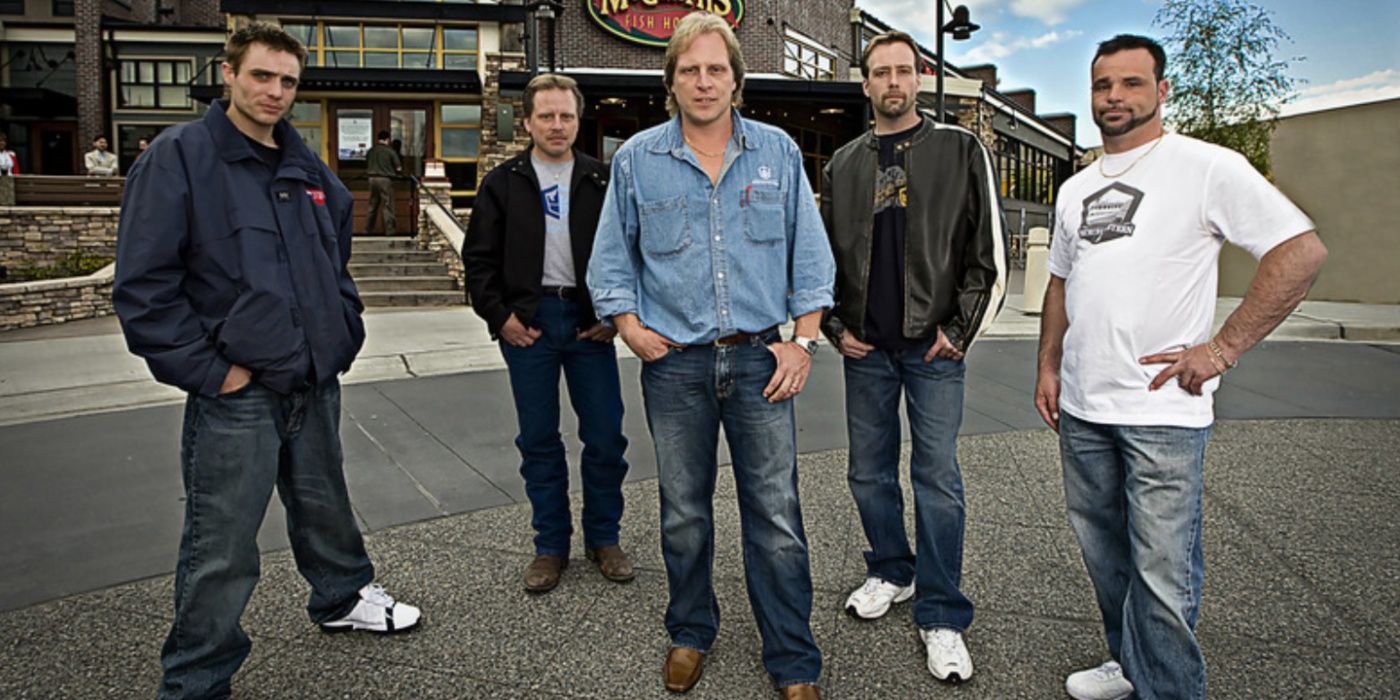
Fortunately, medical professionals determined that Norman had not sustained any brain injury. Despite the severity of his injury, Norman Hansen’s resolve saw him returning to Deadliest Catch after a brief hiatus. His recovery was closely monitored, and the support from both his family and medical team played a crucial role in his swift return to the deck. Norman took necessary precautions, ensuring he was fully fit before rejoining the Northwestern crew, demonstrating his resilience and dedication.
Norman’s time off allowed him to recuperate fully, avoiding any long-term complications. He returned to the show with renewed vigor, continuing to contribute significantly to the Northwestern’s operations. His comeback was met with relief and joy from his fellow crew members and fans alike, who had been anxiously following his recovery journey. In the seasons following his injury, Norman has continued to be a stalwart presence on Deadliest Catch. His experience has undoubtedly added to his cautious approach, but it hasn’t dampened his enthusiasm for the demanding work.

